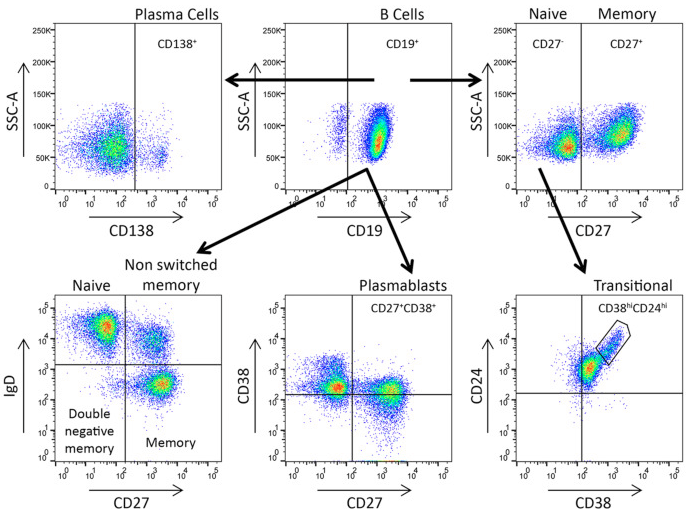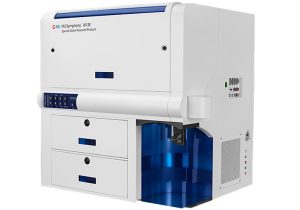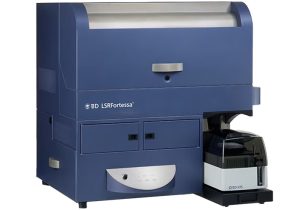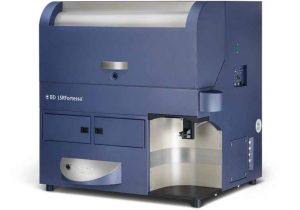Cell Analyzers
Immunophenotyping
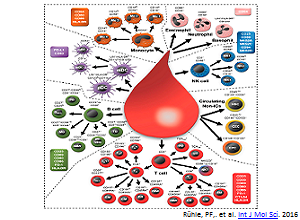
Immunophenotyping is the analysis of heterogeneous populations of cells for the purpose of identifying the presence and proportions of the various populations of interest. Antibodies are used to identify cells by detecting specific antigens expressed by these cells, i.e., markers. These markers are usually functional membrane proteins involved in cell communication, adhesion, or metabolism. Immunophenotyping using flow cytometry has become the method of choice in identifying and sorting cells within complex populations, for example the analysis of immune cells in a blood sample. Applications of this technology are used both in basic research and clinical laboratories.
Cell markers are a very useful way to identify a specific cell population. However, they will often be expressed in more than one cell type. Therefore, flow cytometry staining strategies have led to methods for immunophenotyping cells with two or more antibodies simultaneously. By evaluating the unique repertoire of cell markers using several antibodies together, each coupled with a different fluorochrome, a given cell population can be identified and quantified. Many immunological cell markers are CD markers commonly used for detection in flow cytometry of specific immune cell populations and subpopulations.




